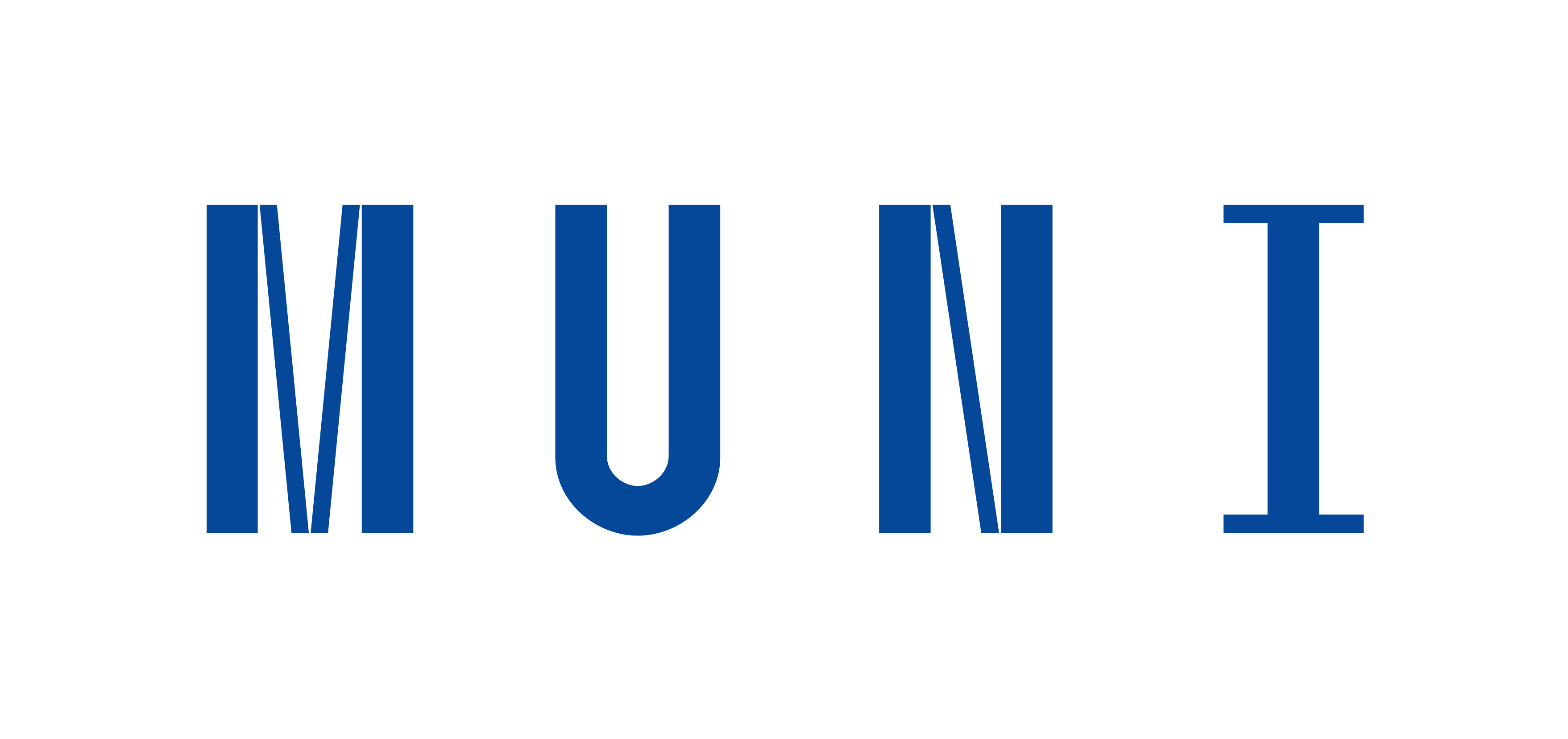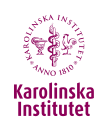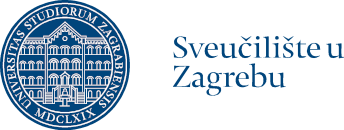List of resources - Teaching Traditions in Human Anatomy
Abdullah, E., Lone, M., & Balta, J. Y. (2020). Student-Centered Learning in the Anatomy Laboratory: Medical Students’ Perspective. Medical Science Educator, 30(4), 1459–1464. https://doi.org/10.1007/s40670-020-01094-w
Abualadas, H. M., & Xu, L. (2023). Achievement of learning outcomes in non-traditional (online) versus traditional (face-to-face) anatomy teaching in medical schools: A mixed method systematic review. Clinical Anatomy (New York, N.Y.), 36(1), 50–76. https://doi.org/10.1002/ca.23942
Anjankar, V., Chavan, G. N., Wankhede, K. P., & Hajare, S. (2023). The Scope of Virtual Dissection Modalities in Today’s Technological Era over the Conventional Anatomical Teaching. Journal of Datta Meghe Institute of Medical Sciences University, 18(3), 559. https://doi.org/10.4103/jdmimsu.jdmimsu_280_23
Banovac, I., Katavić, V., Blažević, A., Bičanić, I., Hladnik, A., Kovačić, N., & Petanjek, Z. (2021). The anatomy lesson of the SARS-CoV-2 pandemic: Irreplaceable tradition (cadaver work) and new didactics of digital technology. Croatian Medical Journal, 62(2), 173–186. https://doi.org/10.3325/cmj.2021.62.173
Bell, F. E., Neuffer, F. H., Haddad, T. R., Epps, J. C., Kozik, M. E., & Warren, B. C. (2019). Active Learning of the Floor of Mouth Anatomy with Ultrasound. Anatomical Sciences Education, 12(3), 310–316. https://doi.org/10.1002/ase.1839
Biggs, J., & Tang, C. (2015). Constructive Alignment: An Outcomes-Based Approach to Teaching Anatomy. In L. K. Chan & W. Pawlina (Eds.), Teaching Anatomy: A Practical Guide (pp. 31–38). Springer International Publishing. https://doi.org/10.1007/978-3-319-08930-0_4
Brenner, E., Bleys, R. L. A. W., de Caro, R., Catereniuc, I., Chirculescu, A. R. M., Destrieux, C., Eppler, E., Filgueira, L., Kachlik, D., Kiss, P., Lee, C., Matveeva, N., Natsis, K., Pais, D., Paulsen, F., Piagkou, M., Quondamatteo, F., Reglődi, D., Şendemir, E., … Vázquez Osorio, M. T. (2024). The legal and ethical framework governing body donation in Europe – 2nd update on current practice. Annals of Anatomy - Anatomischer Anzeiger, 252, 152195. https://doi.org/10.1016/j.aanat.2023.152195
Das, S., Das, A., Rai, P., & Kumar, N. (2021). Case-based learning: Modern teaching tool meant for present curriculum: A behavioral analysis from faculties’ perspective. Journal of Education and Health Promotion, 10, 372. https://doi.org/10.4103/jehp.jehp_1265_20
Drake, R. L. (2007). A unique, innovative, and clinically oriented approach to anatomy education. Academic Medicine: Journal of the Association of American Medical Colleges, 82(5), 475–478. https://doi.org/10.1097/ACM.0b013e31803eab41
Estai, M., & Bunt, S. (2016). Best teaching practices in anatomy education: A critical review. Annals of Anatomy = Anatomischer Anzeiger: Official Organ of the Anatomische Gesellschaft, 208, 151–157. https://doi.org/10.1016/j.aanat.2016.02.010
European Credit Transfer and Accumulation System (ECTS)—European Education Area. (2024). https://education.ec.europa.eu/education-levels/higher-education/inclusive-and-connected-higher-education/european-credit-transfer-and-accumulation-system
Frank, J. R., Snell, L. S., Cate, O. T., Holmboe, E. S., Carraccio, C., Swing, S. R., Harris, P., Glasgow, N. J., Campbell, C., Dath, D., Harden, R. M., Iobst, W., Long, D. M., Mungroo, R., Richardson, D. L., Sherbino, J., Silver, I., Taber, S., Talbot, M., & Harris, K. A. (2010). Competency-based medical education: Theory to practice. Medical Teacher, 32(8), 638–645. https://doi.org/10.3109/0142159X.2010.501190
Ghazanfar, H., Rashid, S., Hussain, A., Ghazanfar, M., Ghazanfar, A., & Javaid, A. (2018). Cadaveric Dissection a Thing of the Past? The Insight of Consultants, Fellows, and Residents. Cureus, 10(4), e2418. https://doi.org/10.7759/cureus.2418
Malomo, A., Idowu, O., & Osuagwu, F. (2006). Lessons from History: Human Anatomy, from the Origin to the Renaissance. International Journal of Morphology, 24. https://doi.org/10.4067/S0717-95022006000100018
McMenamin, P. G., Quayle, M. R., McHenry, C. R., & Adams, J. W. (2014). The production of anatomical teaching resources using three-dimensional (3D) printing technology. Anatomical Sciences Education, 7(6), 479–486. https://doi.org/10.1002/ase.1475
Mogali, S. R., Rotgans, J. I., Rosby, L., Ferenczi, M. A., & Low Beer, N. (2020). Summative and Formative Style Anatomy Practical Examinations: Do They Have Impact on Students’ Performance and Drive for Learning? Anatomical Sciences Education, 13(5), 581–590. https://doi.org/10.1002/ase.1931
Narang, P., Raju, B., Jumah, F., Konar, S. K., Nagaraj, A., Gupta, G., & Nanda, A. (2021). The Evolution of 3D Anatomical Models: A Brief Historical Overview. World Neurosurgery, 155, 135–143. https://doi.org/10.1016/j.wneu.2021.07.133
Parmelee, D., Michaelsen, L. K., Cook, S., & Hudes, P. D. (2012). Team-based learning: A practical guide: AMEE guide no. 65. Medical Teacher, 34(5), e275-287. https://doi.org/10.3109/0142159X.2012.651179
Samarakoon, L. B., Vithoosan, S., Kokulan, S., Dissanayake, M. M., Anthony, D. J., Dissanayake, V., & Jayasekara, R. (2016). Anatomy of Teaching Anatomy: Do Prosected Cross Sections Improve Students Understanding of Spatial and Radiological Anatomy? Anatomy Research International, 2016, 8984704. https://doi.org/10.1155/2016/8984704
Shinde, A., Purushottam, M., & Dinesh, P. (2022). Virtual online teaching in lieu of cadaveric dissection and traditional learning methods during Anatomy classes in the lockdown times of COVID-19: Students perspective. Indian Journal of Clinical Anatomy and Physiology, 9, 97–102. https://doi.org/10.18231/j.ijcap.2022.023
Singh, K., Bharatha, A., Sa, B., Adams, O. P., & Majumder, M. A. A. (2019). Teaching anatomy using an active and engaging learning strategy. BMC Medical Education, 19(1), 149. https://doi.org/10.1186/s12909-019-1590-2
Smith, C. f., Finn, G. m., Stewart, J., Atkinson, M. a., Davies, D. c., Dyball, R., Morris, J., Ockleford, C., Parkin, I., Standring, S., Whiten, S., Wilton, J., & McHanwell, S. (2016). The Anatomical Society core regional anatomy syllabus for undergraduate medicine. Journal of Anatomy, 228(1), 15–23. https://doi.org/10.1111/joa.12405
Spaans, I., de Kleijn, R., Seeleman, C., & Dilaver, G. (2023). ‘A role model is like a mosaic’: Reimagining URiM students’ role models in medical school. BMC Medical Education, 23(1), 396. https://doi.org/10.1186/s12909-023-04394-y
Suárez-Escudero, J. C., Posada-Jurado, M. C., Bedoya-Muñoz, L. J., Urbina-Sánchez, A. J., Ferreira-Morales, J. L., & Bohórquez-Gutiérrez, C. A. (2020). Teaching and learning anatomy. Pedagogical methods, history, the present and tendencies. Acta Medica Colombiana, 45(4), 48–55. https://doi.org/10.36104/amc.2020.1898
Totlis, T., Tishukov, M., Piagkou, M., Kostares, M., & Natsis, K. (2021). Online educational methods vs. Traditional teaching of anatomy during the COVID-19 pandemic. Anatomy & Cell Biology, 54(3), 332–339. https://doi.org/10.5115/acb.21.006
Trelease, R. B. (2016). From chalkboard, slides, and paper to e-learning: How computing technologies have transformed anatomical sciences education. Anatomical Sciences Education, 9(6), 583–602. https://doi.org/10.1002/ase.1620
Turney, B. (2007). Anatomy in a Modern Medical Curriculum. Annals of The Royal College of Surgeons of England, 89(2), 104–107. https://doi.org/10.1308/003588407X168244
Yang, C., Yang, X., Yang, H., & Fan, Y. (2020). Flipped classroom combined with human anatomy web-based learning system shows promising effects in anatomy education. Medicine, 99(46), e23096. https://doi.org/10.1097/MD.0000000000023096
Yew, E. H. J., & Goh, K. (2016). Problem-Based Learning: An Overview of its Process and Impact on Learning. Health Professions Education, 2(2), 75–79. https://doi.org/10.1016/j.hpe.2016.01.004
Youssef, S. (2021). Different approaches for teaching and learning anatomy and future directions. Indian Journal of Clinical Anatomy and Physiology, 8(1), 1–6. https://doi.org/10.18231/j.ijcap.2021.001






